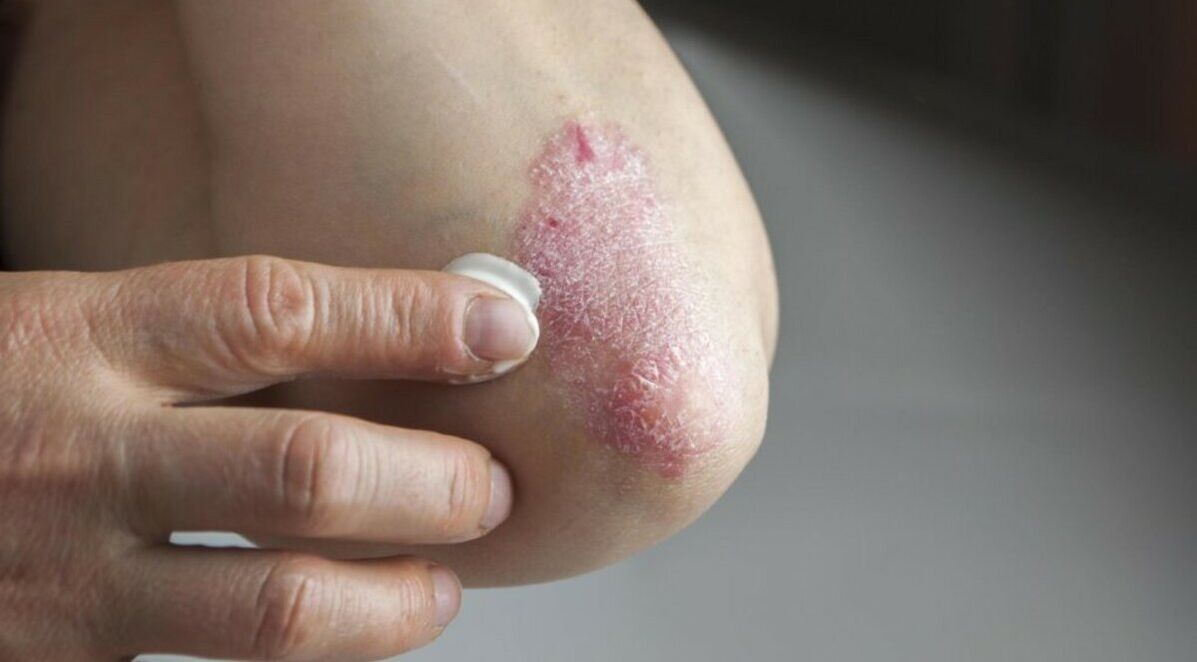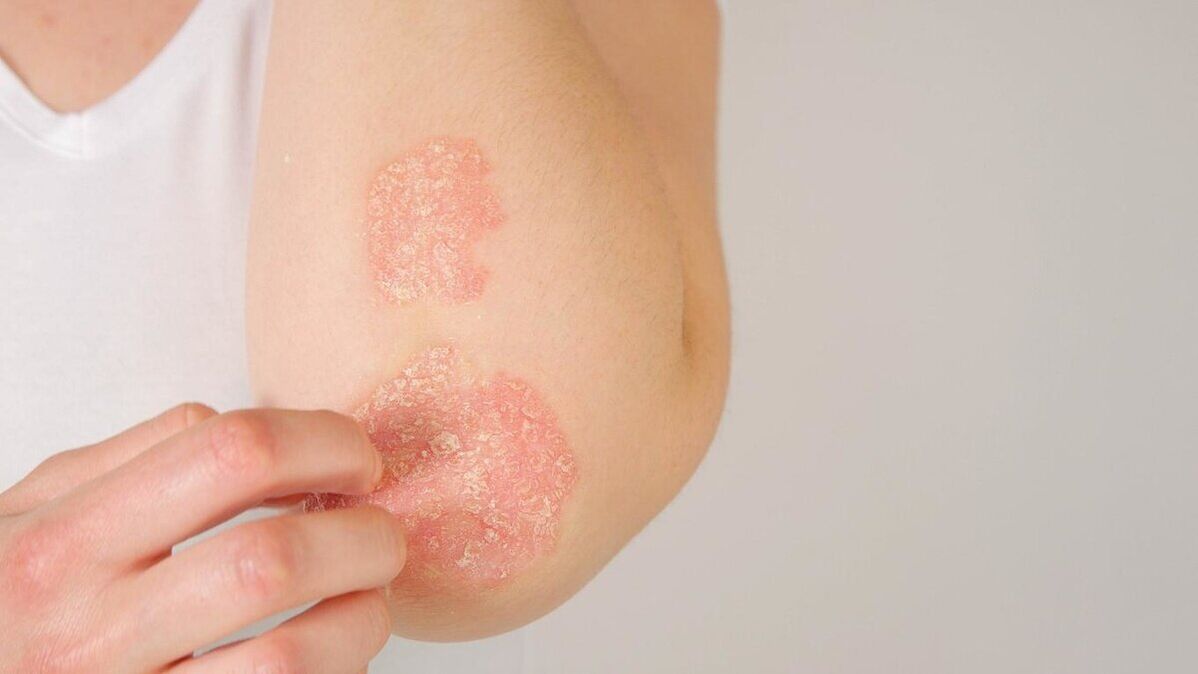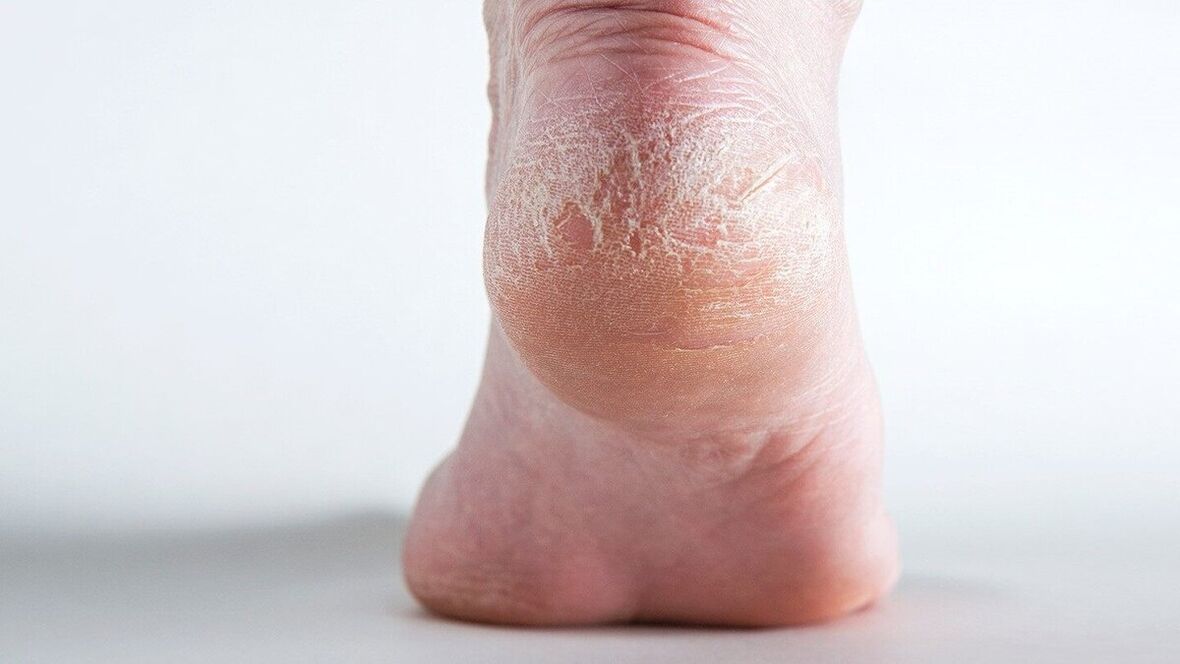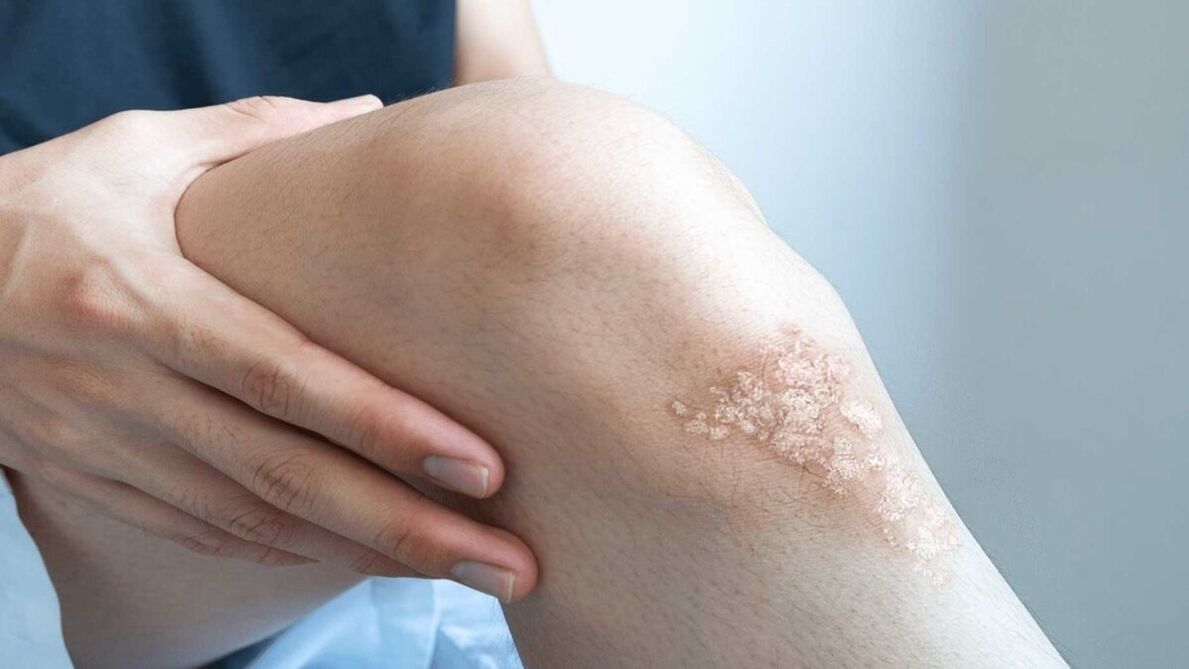
What is psoriasis?
- Inflamed areas of skin;
- patches of white silvery scales or red spots;
- skin soreness and burning sensation;
- Dry, cracked skin (which may itch and bleed);
- Stiffness and swelling of joints;
- Nails become thickened and ribbed.
How does psoriasis start?
What does psoriasis look like?
- Mild psoriasis (less than three percent of the body is affected, and the rash is limited to the scalp or extremities);
- Moderate psoriasis (rash covering three to 10 percent of the body, affecting the scalp, arms, legs, and trunk);
- Severe psoriasis (more than ten percent of the body is affected, with rashes on the palms of the hands, soles of the feet and face).
Where can psoriasis occur?
- Plaque (common) psoriasis. Plaque psoriasis causes dry, raised skin that is covered in silvery scales. Psoriasis tends to occur on the elbows, knees, waist and scalp;
- Erythrodermic psoriasis. Skin looks burning, chills occur, and body temperature rises;
- guttate psoriasis. Small, scaly, flesh-colored spots that resemble water droplets form on the arms, legs, and trunk;
- Pustular psoriasis. With pustular psoriasis, white blisters filled with pus and large areas of inflamed skin appear on the skin. Confined to a small area of skin, affecting the legs or arms;
- exudative psoriasis. The appearance of spots on the skin covered with yellow scabs;
- anti psoriasis. Smooth red spots appear on the skin. The rash occurs in skin folds (armpits, buttocks, genitals).
- Formation of scales that fall off and stick to eyelashes;
- pain when moving your eyes;
- Irritation of the skin of the eyelids, accompanied by pain and itching.



Causes of psoriasis
- Infections (tonsillitis, herpes, lichen);
- Skin trauma (sunburn, insect bites, scratches, cuts);
- Smoking or drinking alcohol;
- uncontrolled drug use;
- Being constantly under stress (leading to the development of stress psoriasis);
- weather (dry and cold conditions);
- Abruptly discontinue systemic or oral corticosteroids.
worsening of psoriasis
- progress stage(The beginning of psoriasis). A rash of small nodules appears on the skin, accompanied by itching. Increased areas of redness and formation of plaques;
- fixed stage. No new nodules (papules) appear, and the inflammation subsides after scales or scabs form on the plaques;
- regression stage. Plaques are reduced and itching and flaking disappear.
How to treat psoriasis?
- Ointments, shampoos, creams and gels based on algae and Dead Sea mineral extracts;
- Phototherapy (reducing the growth of skin cells by exposing the affected skin to ultraviolet light, thus normalizing the condition).
psoriasis diet
- Fatty fish (tuna, salmon);
- flax seeds and pumpkin seeds;
- Nuts (walnuts, almonds);
- Cabbage, spinach.
Prevent psoriasis
- Dietary changes (abstinence from alcohol, simple carbohydrates and saturated fats, consumption of foods containing fatty acids);
- Protect your head and body from the sun (use sunscreen and a hat);
- quit smoking;
- Reduce the risk of skin injury (use repellent spray, gloves, long sleeves);
- Moisturizes skin (dry skin is easily damaged).
How to differentiate between psoriasis and dermatitis?
- redness of the skin, the formation of greasy white or yellow scales on it (sebum - sebum - can be released when pressed);
- Dandruff (skin debris) that accumulates near the hair shaft.
Top Questions
- Psoriasis contagious?
Psoriasis is not contagious. Contact (communication, kissing, sexual intercourse) with someone with psoriasis, contact with affected areas of skin will not cause a rash because we are talking about an autoimmune disease, not an infectious disease. - How to wash your hair if you have psoriasis?
For psoriasis, you can wash your hair with a shampoo based on Dead Sea minerals and algae extracts. Choosing your own shampoo and using folk remedies (chamomile tincture, celandine, aloe vera, apple cider vinegar) are not only ineffective, but may also worsen symptoms. If you notice a rash, you should contact your dermatologist, who will examine the redness and make a diagnosis before choosing a treatment option that's right for you. - How to differentiate between nail psoriasis and fungus?
You can tell the difference between nail psoriasis and fungus by their symptoms. With psoriasis, nails can become thickened, crumbled, and break quickly, and the skin underneath can turn yellow, white, or brown. Nails may develop dents (dimples), ridges, or holes. The fungus causes gray, brown, or green spots on the nails that darken and grow in size over a few weeks. Fungal infections of the nails do not cause pits to form but can cause the nails to thin or thicken. - What should you not eat when you have psoriasis?
If you have psoriasis, you should not eat foods that increase inflammation (dairy products, red meat, fatty foods, refined sugar, citrus fruits, tomatoes, potatoes). You should avoid eggs, liver, soy, and energy drinks. These products contain choline and taurine, which can worsen psoriasis. - What is psoriasis easily confused with?
Psoriasis may be confused with eczema, ringworm, lichen planus, or lichen planus. A dermatologist will help you distinguish psoriasis from other skin conditions by taking a history, visual examination, and performing diagnostic tests.























